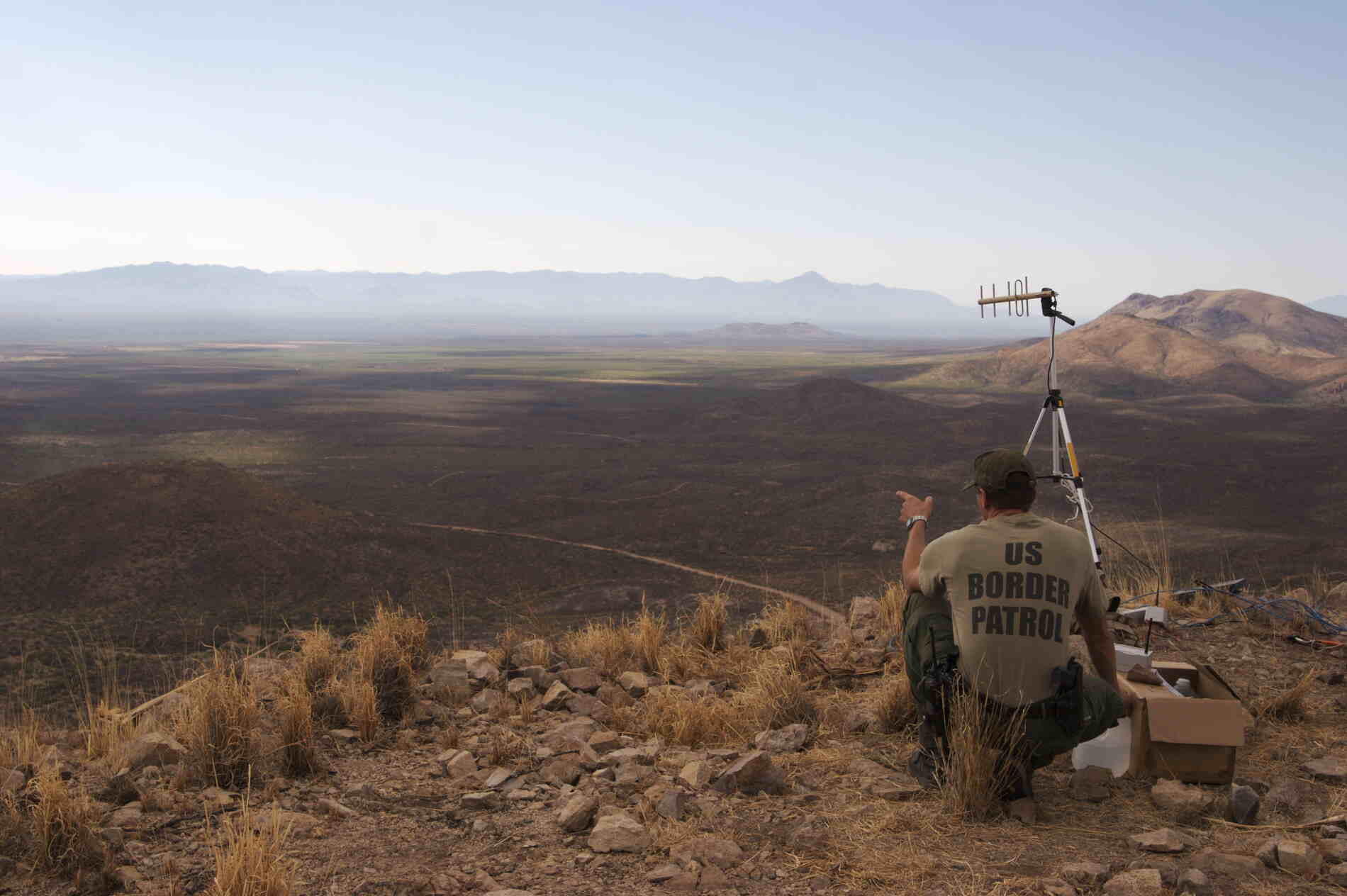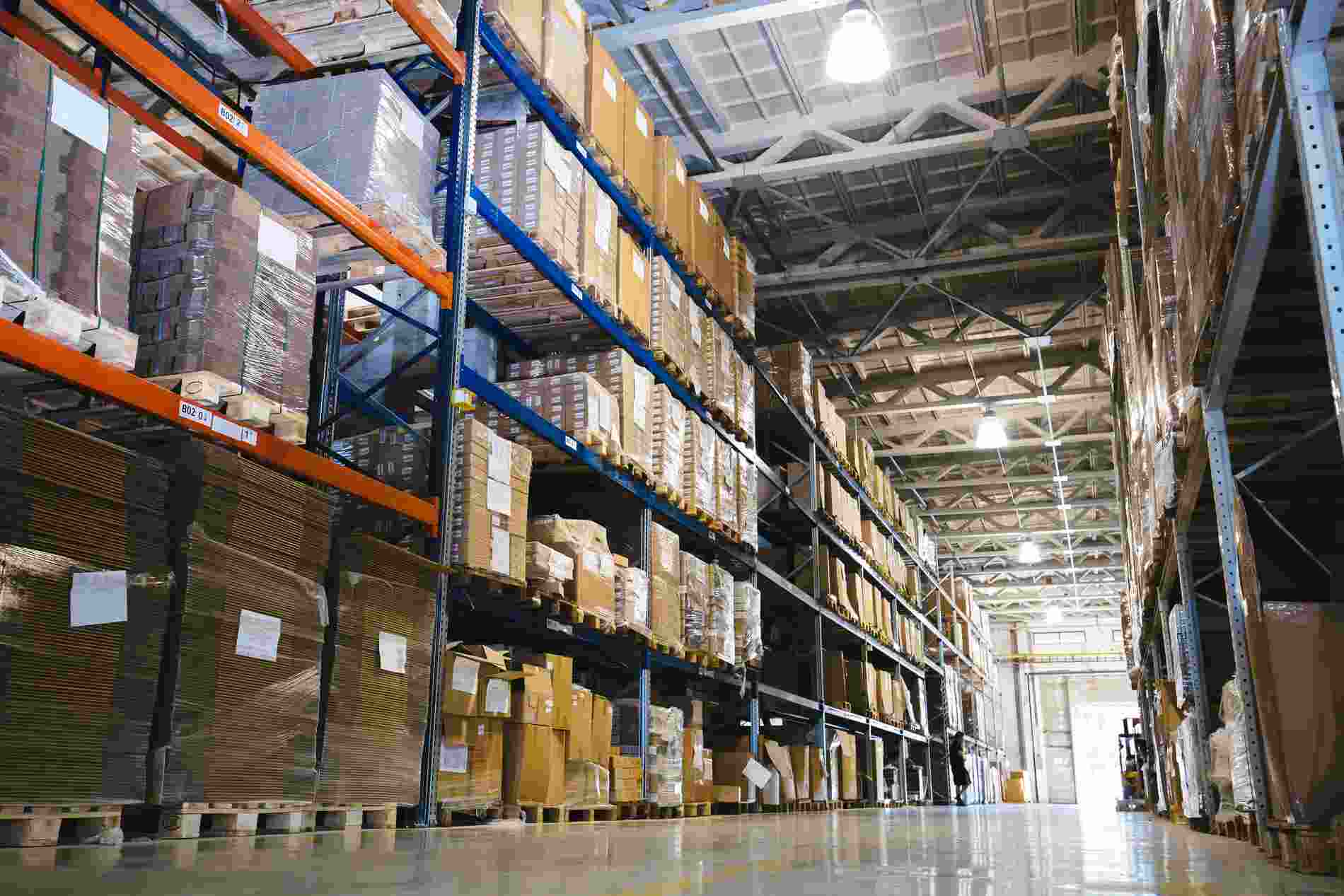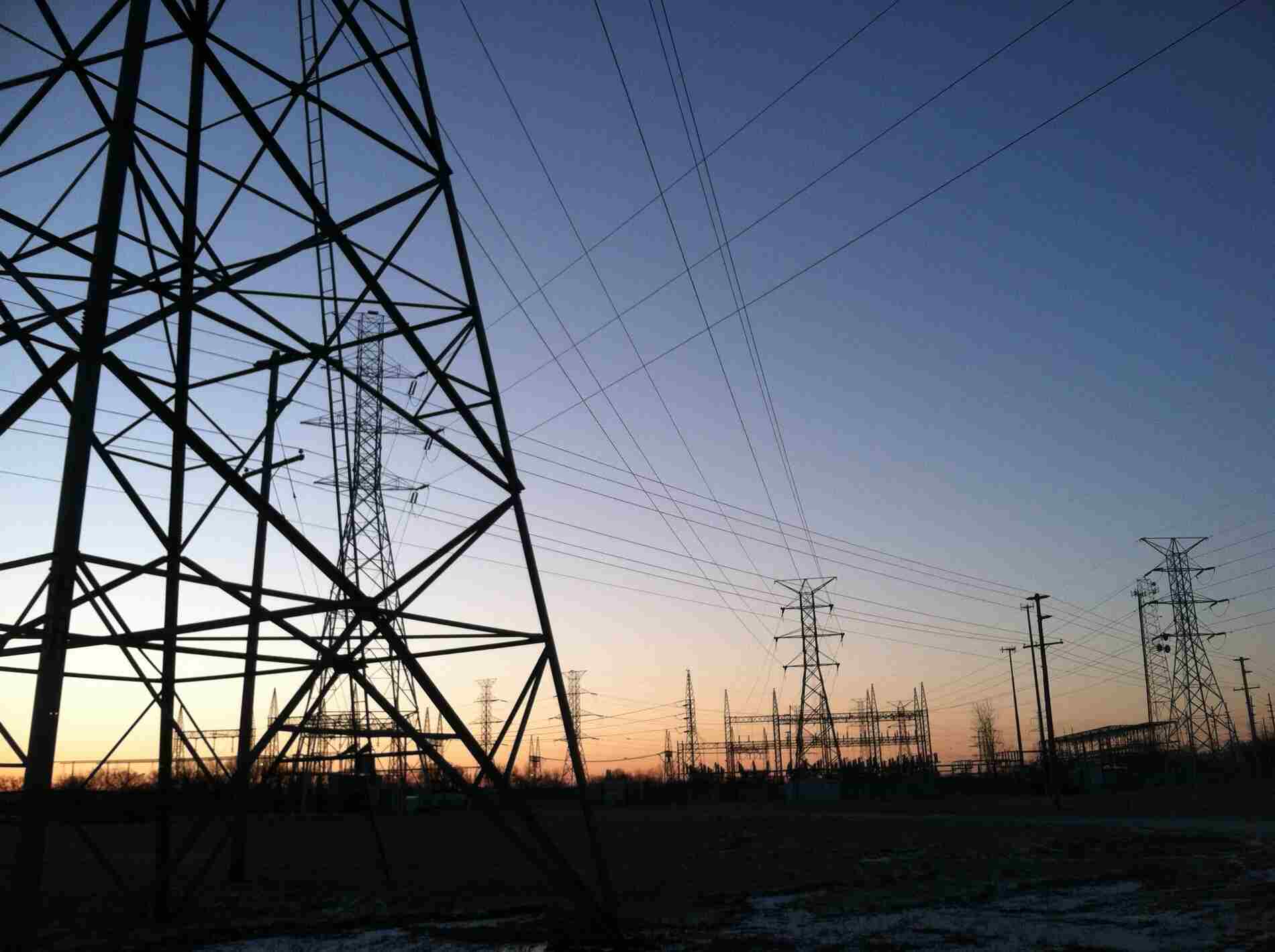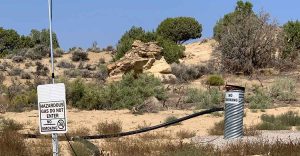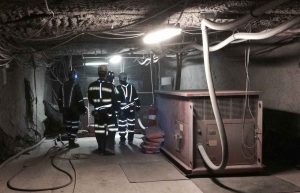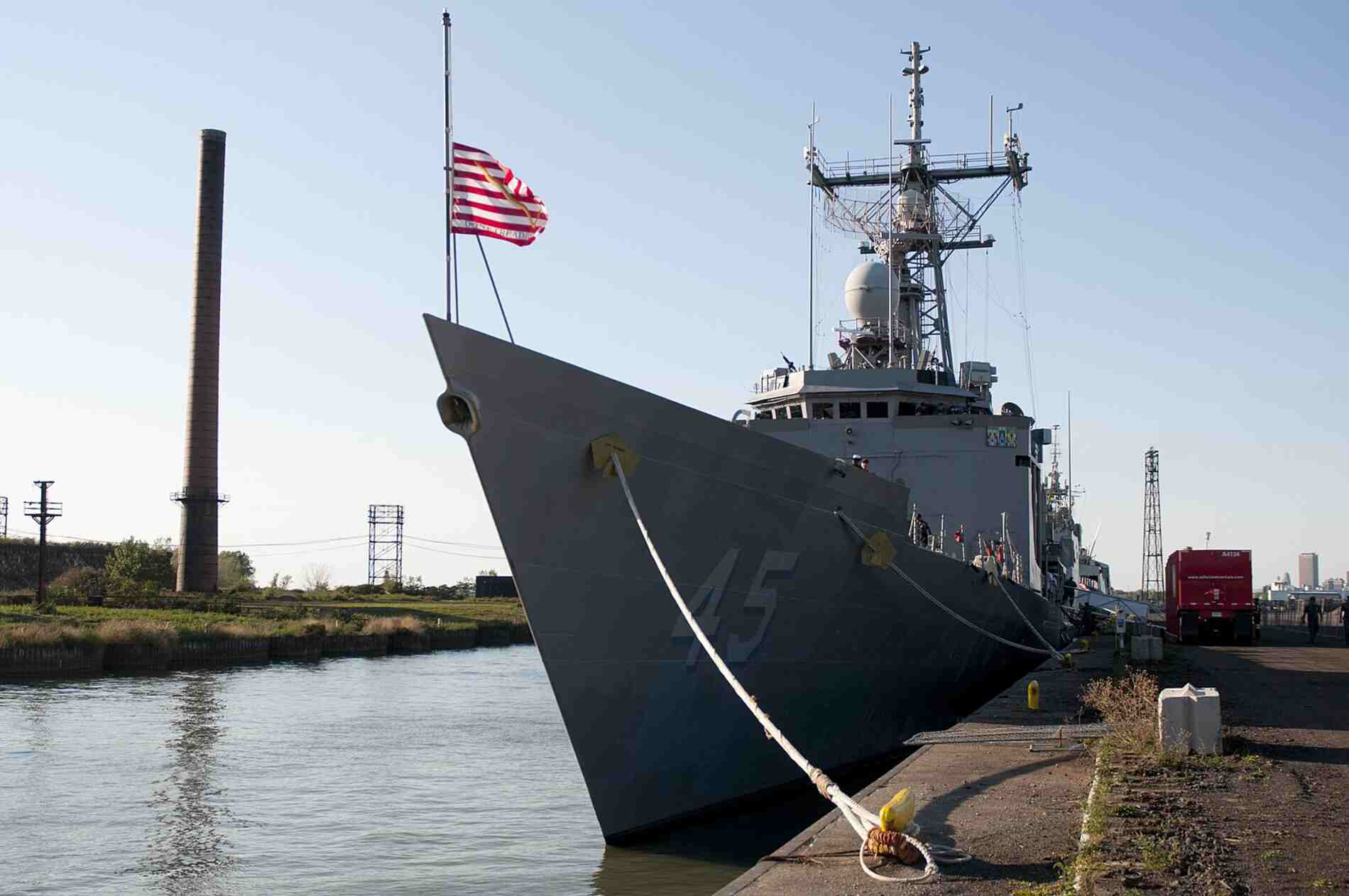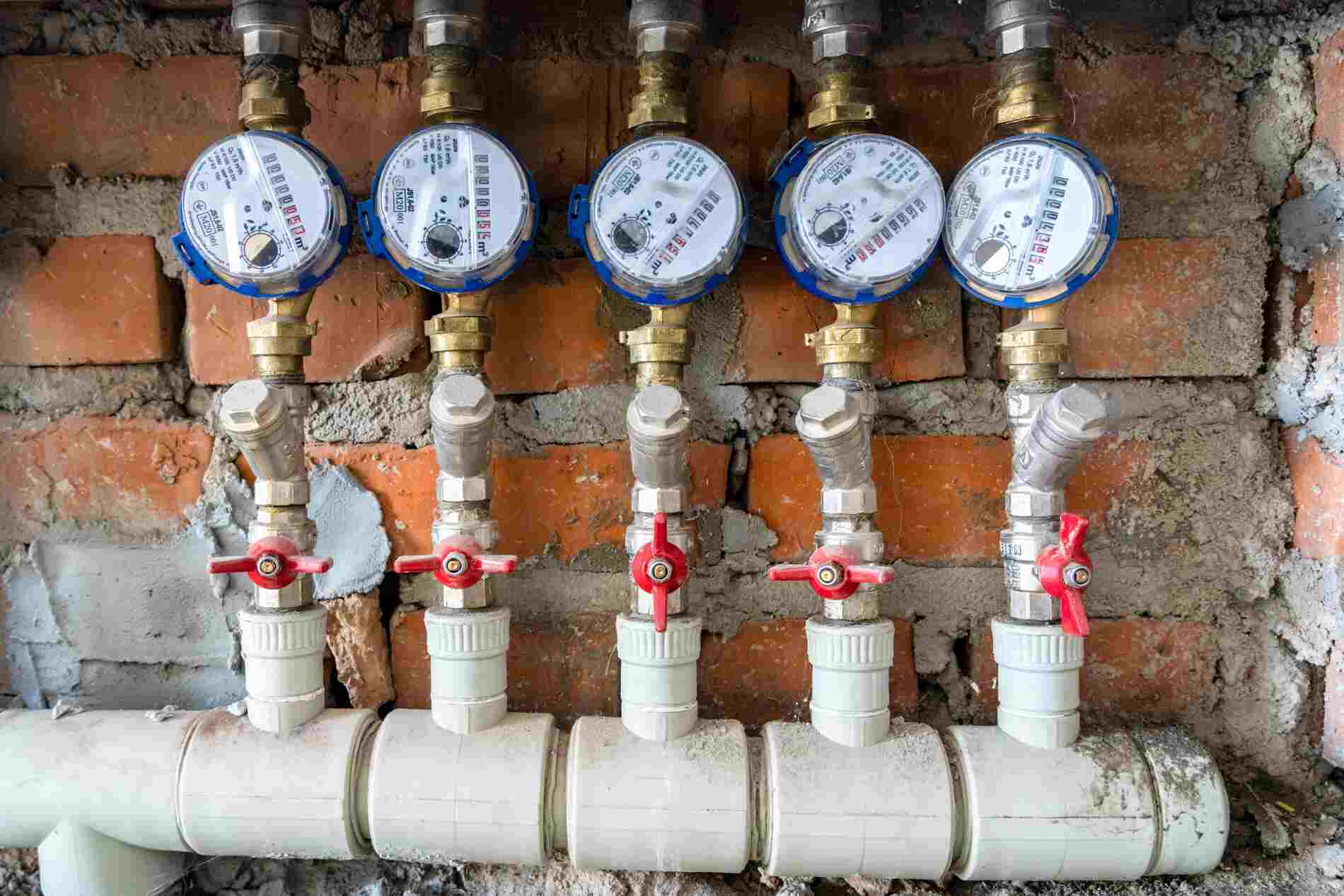Coal mines are considered ‘gassy’ based on the presence of hazardous gases like methane, carbon monoxide and carbon dioxide. The accumulation of these gases is a safety hazard as they can be explosive when mixed with oxygen and exposed to an ignition source. Coal bed degasification, ventilation, nitrogen injection, and gob ventilation boreholes (GVBs) are some of the methods used to control these hazards. Removing excess gas maintains a safer working environment and can increase productivity.
A longwall coal operation in the Western U.S. drilled a series of vertical boreholes, from the surface, for the purpose of monitoring methane and other hazardous gasses in the gob and bleeder areas of the mine. The mine uses remote pump stations, enabling the operator to draw air from different areas and monitor emissions from each particular underground location – gob, bleeder, return, face, etc.
THE CHALLENGE:
The mining operation is expansive and the boreholes are located several miles from the mine office. The monitoring process is labor intensive and involves sending a worker to drive to each of the boreholes to manually collect readings. Measurements are taken with a handheld MX6 iBrid® unit at each borehole where the gas readings, borehole number, date, time, and location are all recorded. The worker then drives back to the office and re-enters the data to a computer.
Due to the time commitment for this monitoring activity, there is a delay in obtaining results and gas readings are only taken once per day. This brings the accuracy of the readings into question. Is the once-daily snapshot a true representation of the gas levels in these areas?
THE SOLUTION
When the mine discussed this labor-intensive routine with IWT, the solution was to automate the monitoring process. Upgrading was straightforward since the mine already had IWT’s wireless communication and tracking system in place. The system includes a Dispatch Station and wireless coverage above and below ground for communication between miners. Placing an IWT Wireless Gas Monitor (WGM) at each borehole allows transmission of the data from gas sensors back to the Dispatch Station in real time. Although the distance between the mine office and the WGMs is a few miles, the range of the IWT equipment is strong and required a single wireless repeater (IWT’s Battery Mesh Node) to pass the data back to the Dispatch Station.
IWT WGMs are customizable and can monitor several gases from one device. The mine chose to monitor CH4, CO, O2 and H2. The gas readings from all sensors are now immediately available on screen at the mine’s Dispatch Station. Because the IWT network is a stand-alone system, data from the sensors is never communicated over the internet, adding a level of built-in data security.

THE RESULT

The mine tested the IWT WGMs for a period of time against the handheld MX6 iBrid® units to ensure the readings were in line with each other. In doing so, they confirmed the WGMs were consistently accurate.
Wirelessly communicating gas readings to the Dispatcher automated what once was a manual, labor intensive task. A worker no longer has to daily navigate to each borehole, sometimes in inclement weather. The mine can monitor gas levels in real-time from the Dispatch Station and take appropriate actions as necessary to ensure miner safety. The mine can also program the WGMs with alarm thresholds for push notifications, run detailed reports, and use historical data to monitor trends.
The benefits of the remote monitoring with the IWT Wireless Gas Monitors include:
- Accurate, real-time data
- Increased miner safety
- Saved man-hours
- Programmable alarm thresholds
- Access to historical data
- Reduced potential human error
- Seamless integration with SENTINEL™ Communication & Tracking

